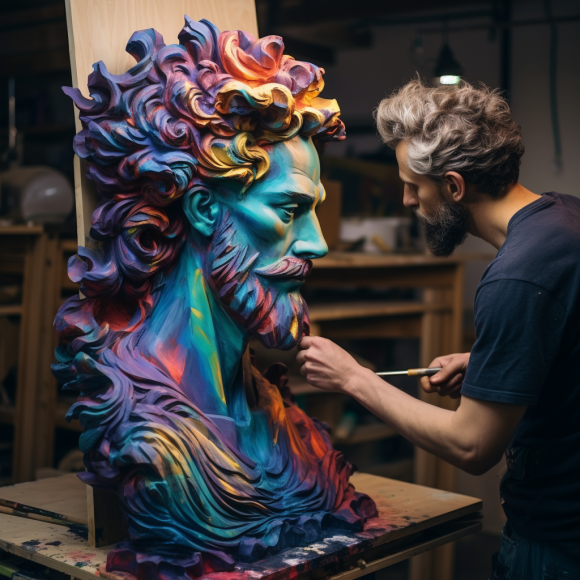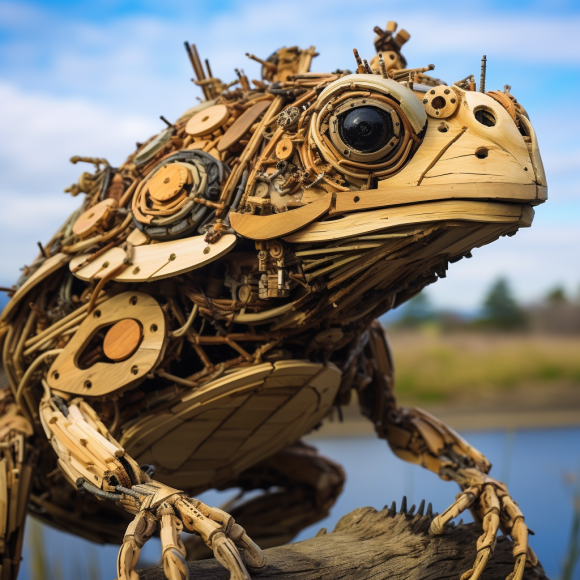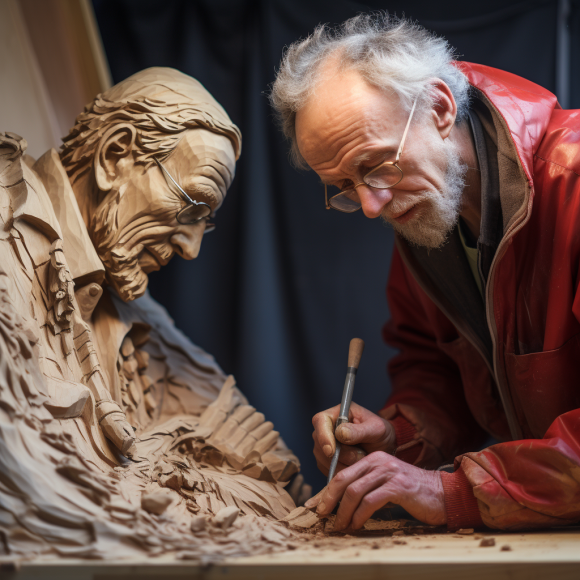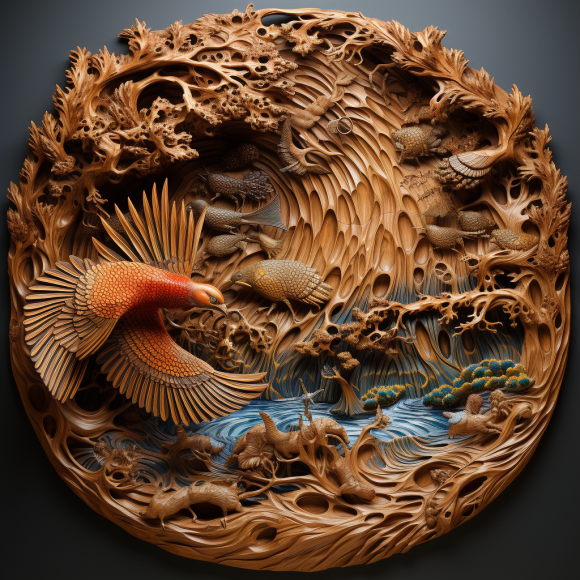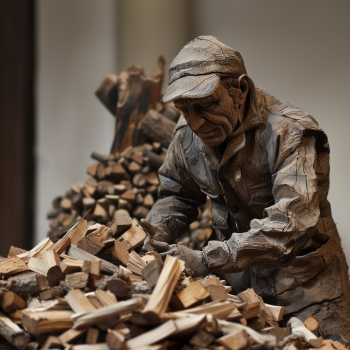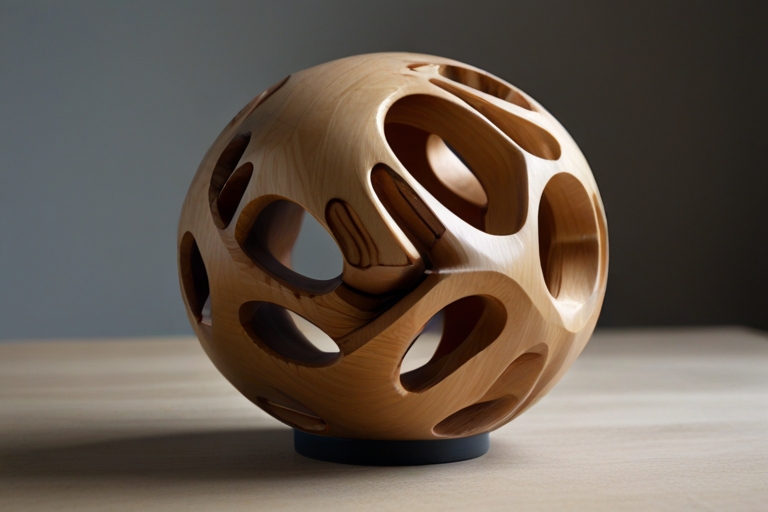From Concept to Creation: The Creative Process of Wood Sculpture
The creative process of wood sculpture is a journey that begins with a spark of inspiration and unfolds through a series of iterative steps, each contributing to the realization of the artist’s vision. From concept to creation, wood sculptors engage in a dynamic and multifaceted process that draws upon technical skill, artistic intuition, and personal expression.
1. Inspiration: The creative process often begins with a moment of inspiration—a fleeting idea, an evocative image, or a profound emotion that sparks the artist’s imagination. Inspiration can come from a wide range of sources, including nature, literature, mythology, personal experiences, or the work of other artists.
2. Conceptualization: Once inspired, the artist begins to develop their concept, refining their initial ideas and exploring different possibilities for expression. This stage may involve sketching, brainstorming, or creating maquettes (small-scale models) to flesh out the concept and experiment with different compositions, poses, and forms.
3. Material Selection: With the concept in mind, the artist selects a suitable type of wood for their sculpture, taking into account factors such as grain, texture, hardness, and color. Different types of wood offer unique aesthetic qualities and working characteristics, which can influence the overall look and feel of the finished piece.
4. Preparation: Before carving begins, the wood must be prepared for sculpting. This may involve roughing out the basic shape of the sculpture using tools such as saws, chisels, or axes, and removing any imperfections or irregularities from the surface of the wood.
5. Carving: The heart of the creative process lies in the act of carving—the physical and mental labor of shaping wood into form. Using a variety of hand tools and techniques, including carving knives, gouges, rasps, and sandpaper, the artist gradually reveals the sculptural form hidden within the wood, refining details and adding depth and texture along the way.
6. Refinement: As the sculpture takes shape, the artist continually refines and adjusts their work, paying close attention to proportion, balance, and overall aesthetic harmony. This stage may involve stepping back periodically to assess the sculpture from different angles and perspectives, making subtle adjustments as needed to achieve the desired result.
7. Finishing: Once the carving is complete, the sculpture undergoes a process of finishing to enhance its appearance and protect it from damage. This may involve sanding the surface to a smooth finish, applying stains or dyes to enhance the natural beauty of the wood, and sealing the surface with a protective coating such as wax, varnish, or oil.
8. Reflection: With the sculpture finished, the artist takes a moment to reflect on the creative journey and the meaning behind their work. This stage provides an opportunity for introspection and self-assessment, allowing the artist to gain insight into their artistic process and identify areas for growth and exploration in future projects.
In conclusion, the creative process of wood sculpture is a dynamic and iterative journey that unfolds through a series of stages, from inspiration to realization. By drawing upon technical skill, artistic intuition, and personal expression, wood sculptors transform raw materials into works of art that resonate with meaning, beauty, and emotional depth. Through dedication, passion, and a willingness to explore new possibilities, they push the boundaries of their craft and create sculptures that captivate and inspire audiences around the world.

